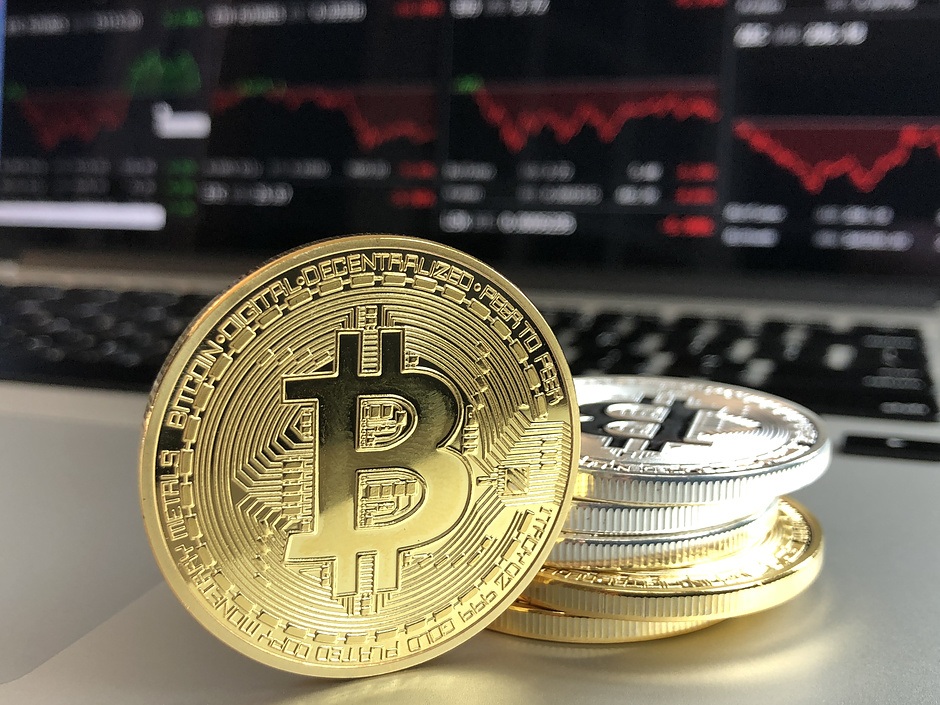Popular Bitcoin strategy loses shine as US inflation nears 8%

The bitcoin cash-and-carry strategy, the crypto market's equivalent of the so-called risk-free bet and one of the most sought-after trades, has lost its shine in the wake of rising inflation.
The market-neutral trade, which involves buying an asset in the spot market while selling futures contracts to pocket the spread between the two prices, now offers a negative real yield, or inflation-adjusted return. That's down significantly from a level of more than 10% a year ago.
At press time, three-month futures traded at an annualized premium of roughly 3% on major exchanges, including the regulated Chicago Mercantile Exchange and Binance, the world's largest crypto exchange by volume and open interest, according to data provided by Skew.
That means a trader buying bitcoin in the spot market and selling futures contracts would lock in a 3% annualized return in nominal terms. With the U.S. consumer price index (CPI) at 7.9%, that corresponds to a net yield of -4.9% in real terms.
"Yields are very low at the moment, both in inflation-adjusted terms and nominal terms," Vetle Lunde, a market research analyst at Arcane Research, said. "The contracted yields are natural, following the extremely potent and unsustainable yields from last year."
"Cash and carry was likely a major source of demand in the spot market, especially last spring, with the market reaching a 50% annualized basis in April," Lunde said.
The cash-and-carry arbitrage was quite popular among institutions and sophisticated participants last year and put upward pressure on spot market prices.
With futures trading at a 25% or more premium on the CME and offshore exchanges and CPI at 4% last April, many institutions locked in double-digit inflation-beating returns using the strategy. Even though futures premiums dropped in the second half, with Binance and FTX cutting leverage, carry traders still pocketed at least 5% real return in late October and early November. However, a continued rise in inflation since then has coupled with a bearish market to push real yields into negative territory.
The stablecoin lending market has seen similar developments. "Stablecoin farms are bleeding and fast as people aren't really paying attention to what matters. Your dollar yields NEED to be adjusted against inflation," Split Capital's Zaheer Ebtikar tweeted.
While the real yield from the cash-and carry-arbitrage has turned negative, it's still higher than the inflation-adjusted risk-free rate of return in traditional markets.
According to Investopedia, the yield the U.S. three-month Treasury bill is widely considered a proxy for risk-free returns. That yield was 0.398% at press time, amounting to a CPI-adjusted risk-free rate of -7.5%. For the 10-year Treasury, the real rate comes to -5.75%, also underperforming the crypto cash-and-carry return.
The crypto market's relative attractiveness will continue to draw traditional market money, according to Split Capital's Ebtikar.
"Even though stablecoin yield and cash and carry are yielding negative in crypto, there are still billions that are yielding even more negative outside of crypto that will continue to come into crypto," Ebtikar told CoinDesk in a Twitter chat. "The USD implied funding rate from futures minus USD inflation is the lowest it's ever been, basically."
According to quantitative trading firm and liquidity provider Folkvang Trading's Jeff Anderson, there is still interest in the cash and carry arbitrage, also known as the basis trade, but the focus has shifted to other crypto sub-sectors like the non-fungible tokens (NFTs).
"We see new entrants every week who are trying basis arb," Anderson said in an email. "The money for the last six months, though, has not been focused on coins. Retail flows have been directed at NFTs while institutional cash is funneled into VC land."
Arcane Research's Lunde foresees capital moving into crypto market-making activities or volatility trading.
"What possibly may attract tradfi [traditional market investors] at the moment, I'd presume, is liquidity provision and market making, or even the low volatility," Lunde said in a Twitter chat. "Decentralized option vaults (DOV) have contributed to lowering the implied volatilities (IV) in the options market, and contrarian volatility bets might become a more common strategy, offsetting the DOV pressure on the IV."
DeFi option vaults became popular in the last quarter of 2021 and have contributed to the steady decline in bitcoin and ether implied volatilities, as noted in the First Mover newsletter dated Jan. 10. That has reduced yields on options selling. Implied volatility has a positive impact on the option's price.
However, according to Shiliang Tang, chief investment officer of crypto hedge fund LedgerPrime, there are still pockets of good yield in some decentralized finance pools and options.
"The simple decentralized finance pools are low single digits, but some more complex pools like on [AVAX-based stableswap platform] Platypus or [scaling solution] Cosmos are still ~ 20%," Tang said in a Telegram chat. Cash and carry arbitrage and trading out-of-the-money higher strike call options were LedgerPrime's preferred strategies in the first half of 2021.
Author

CoinDesk Analysis Team
CoinDesk
CoinDesk is the media platform for the next generation of investors exploring how cryptocurrencies and digital assets are contributing to the evolution of the global financial system.





